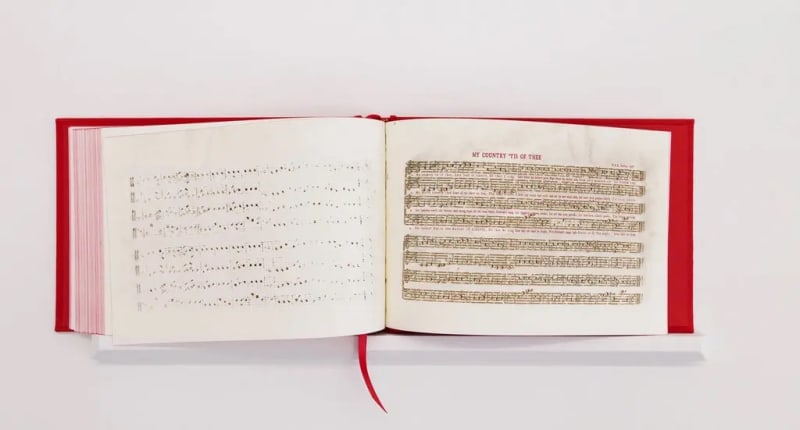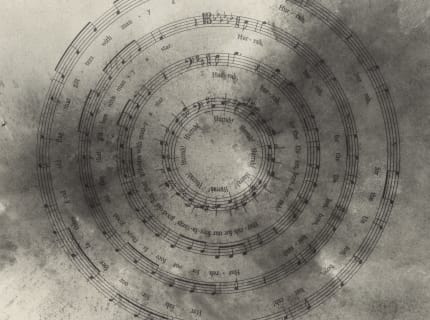During the civil rights movement in the mid-1950s, Jacob Lawrence (1917-2000) — one of the leading black artists of his day — painted a series of 30 panels re-examining early American history.
The series, “Struggle: From the History of the American People,” presented a radically integrated view of the nation’s founding, including unheralded contributions of African-Americans in the fight to build a new democracy. But at that tumultuous time in race relations, the work was received with some ambivalence by the art world. The collection was eventually purchased by a private collector who later resold each panel separately.
The majority of these little-seen paintings have been reunited for the first time in roughly 60 years in “Jacob Lawrence: The American Struggle,” on view at the Peabody Essex Museum in Salem, Mass., through April 26. (The show will then travel to the Metropolitan Museum of Art in New York, the Birmingham Museum of Art in Alabama, the Seattle Art Museum and the Phillips Collection in Washington.)
The exhibition brings “Struggle” into the 21st century by juxtaposing it with the work of living artists also questioning and revising entrenched narratives of history. Hank Willis Thomas, 43, was in high school when he first came across Mr. Lawrence’s “Migration Series” in 1992 at the Phillips Collection. “It shaped my notion of storytelling ever since,” said Mr. Thomas, who, like Mr. Lawrence, frequently uses source material drawn from the archives of the Schomburg Center where his mother, Deborah Willis, was the curator throughout his childhood.
Another gallery adjacent to “Struggle” is a chapel-like space featuring Bethany Collins’s “America: A Hymnal” (2017), a book printed with the lyrics of 100 different versions of “My Country, ’Tis of Thee” written between the 18th and 20th centuries, variously supporting revolution, abolition, temperance, suffrage, the confederacy and slavery.
“They’re contradictory and dissenting versions of what it means to be American,” said Ms. Collins, 36, who has burned away the musical notes in the hymnal, leaving just the words legible. A soundscape reverberates through the gallery with six vocalists singing the different lyrics simultaneously to the culturally ingrained tune, at once familiar and estranging.
Ms. Collins wasn’t aware of Mr. Lawrence’s “Struggle” series until approached by the curators, but felt an immediate connection when she saw it. She said that Mr. Lawrence’s “idea that you don’t understand the entirety of what it means to be American unless you have multiple perspectives telling the story feels relevant in this moment and related to my practice.”
...
Read full article at nytimes.com

